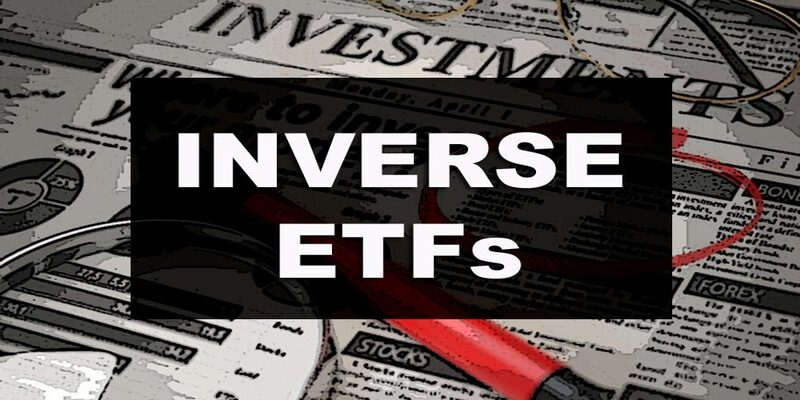What are Inverse ETFs?
Feb 05, 2024 By Triston Martin
If you want to know the definition of an Inverse ETF, keep reading! Exchange-traded funds that aim to provide returns opposite those offered by the indexes or benchmark they track are known as inverse ETFs, short ETFs, or bear ETFs.These ETFs use derivatives like options and futures contracts for their inverse performance. For instance, if the index or model the ETF is based on goes down by 1%, the inverse ETF should increase by 1%, and vice versa. Inverse ETFs are often used by investors who want to make money when markets go down or to protect their portfolios from possible losses. They can provide a convenient way for investors to take short positions on broad market indexes or specific sectors without trading in complex options. But inverse ETFs can be riskier and more complicated than regular ETFs, and they may only sometimes accurately track the index they are based on.
The workings of Inverse ETFs
Inverse ETFs get their inverse performance using derivatives like futures contracts and options. When an investor buys an inverse ETF, they are selling short on the index or benchmark on which the ETF is based. This means that if the index or benchmark goes down, the value of the inverse ETF should go up, and vice versa. For example, an investor buys an S&P 500-tracking inverse ETF. If the S&P 500 index goes down by 1%, the value of the inverse ETF should go up by about 1%. If the S&P 500 index goes up by 1%, the value of the inverse ETF should go down by about 1%.
The benefits of inverse ETFs

- Short exposure without margin requirements: With inverse ETFs, investors can sharpen specific markets or sectors without meeting margin requirements or dealing with complicated options trading.
- Hedging against market drops: Inverse ETFs can protect a portfolio from losses when the market declines.
- Trading Flexibility: Like any other ETF, investors can buy and sell inverse ETFs. This gives them trading flexibility.
Disadvantages of Inverse ETFs
Inverse ETFs have several disadvantages that investors should be aware of before investing. First, inverse ETFs can experience compounding effects that negatively impact their returns over time. The ETF must rebalance its holdings daily to maintain its inverse exposure, which can result in higher transaction costs and potentially lower returns.
Secondly, inverse ETFs may not track their underlying index or benchmark accurately, which can result in unexpected losses or gains. This can be due to factors such as tracking error, market volatility, or changes in the composition of the underlying index or benchmark. Finally, inverse ETFs often have higher expense ratios than traditional ETFs due to the additional costs of managing their derivative holdings. As a result, investors in inverse ETFs may incur higher fees, which can reduce their overall returns.
Risks of Inverse ETFs

- Market risk: Like any investment, inverse ETFs are subject to market risk. If the underlying index or benchmark experiences significant gains, the value of the inverse ETF will likely decline.
- Liquidity risk: Inverse ETFs may be less liquid than traditional ETFs, making it more difficult to buy or sell them at the desired price.
- Counterparty risk: Inverse ETFs use derivatives to achieve their inverse exposure, which can expose investors to counterparty risk if the derivative issuer defaults or goes bankrupt.
- Short squeeze risk: If a significant number of investors take short positions in a particular market or sector, it can create a short squeeze that drives prices higher, potentially causing losses for investors in inverse ETFs.
Conclusion
Inverse ETFs are a specialized type of exchange-traded fund that can provide investors with a way to profit from declining markets or hedge against potential portfolio losses. They can be used as a hedging tool or to take short positions on specific markets or sectors without the need for margin requirements or complex options trading. However, inverse ETFs have several disadvantages, including compounding effects, tracking errors, and higher expense ratios, which can impact their returns. They are also subject to market, liquidity, counterparty, and short squeeze risks. As with any investment, it's essential to understand the risks and potential benefits before investing in an inverse ETF. Investors should consider their investment objectives, risk tolerance, and financial situation before making investment decisions.








